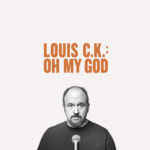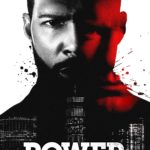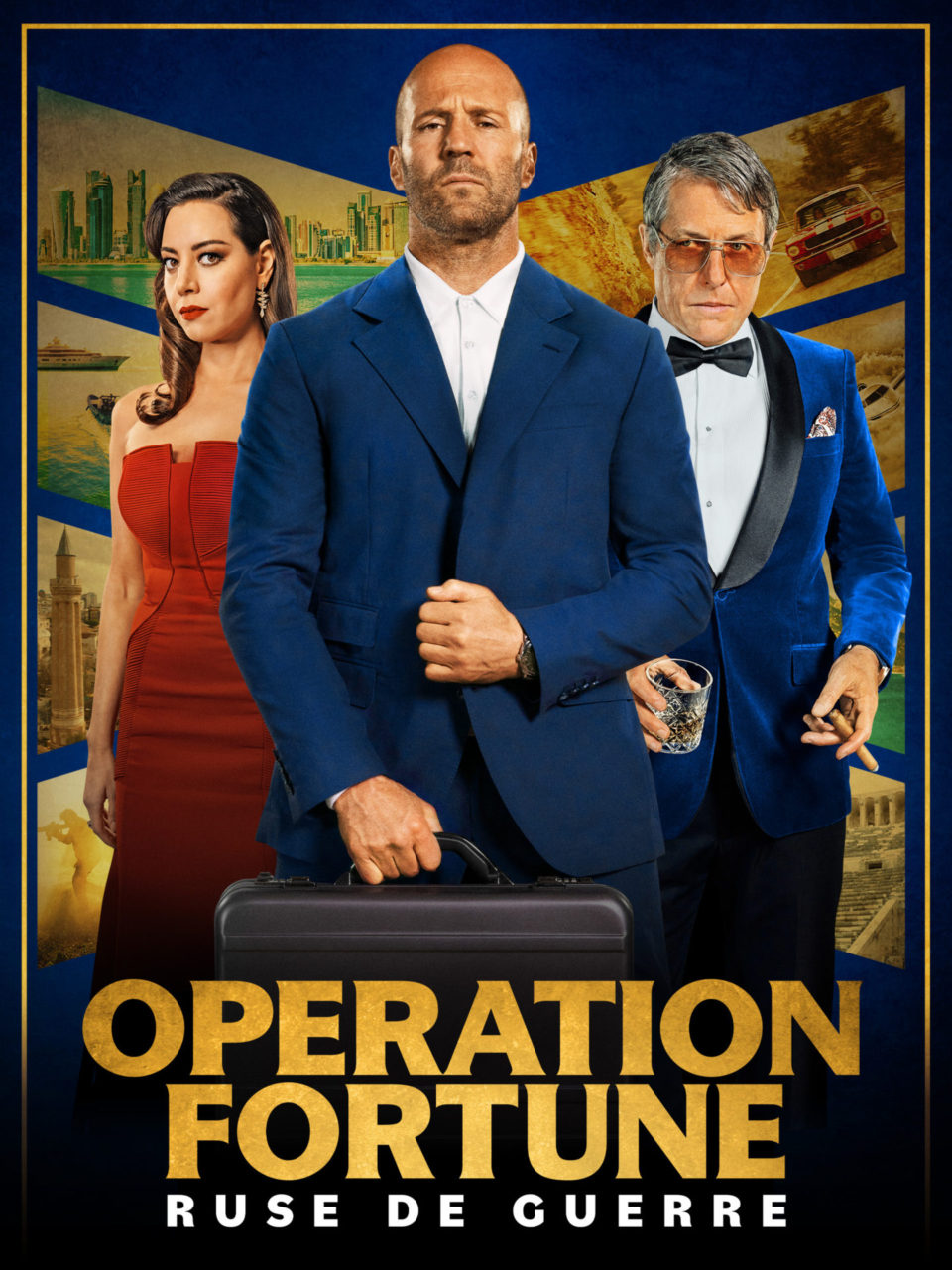
To the Lighthouse - Virginia Woolf
This has to be one of the most perplexing novels that I have ever read. Nothing happens. But how is this possible in a story that’s 226 pages long? I need to be more specific. Almost nothing happens.
Almost the entirety of the novel is internal. The story is told through each individual character’s thoughts about each other and about events that have or are going to occur.
So very little happens in the present. The present is just the thoughts about the events and about the other characters.
You have never known the characters in a story so well
Because you are going to spend the entire time inside their heads you will learn a lot about them. Well not really about them, more about how they view all the other characters.
You will learn how much they all hate specific people but still act very cordially towards them. I think from this you do get to know the characters very well. The old adage, actions speak louder than words, needs an epitaph here. Actions speak louder than words, and thoughts louder than actions.
Woolf is a master. You can see here skill here as she moves between very different characters. Her voice changes slightly with each character she inhabits. In this regard it is a truly masterful piece of writing.
Action to Drive Plot
To start off with I was very frustrated by the lack of action. The reason for this is that action is generally used to drive the plot forward.
Generally this is how it goes. Something happens, either caused by the antagonist or protagonist. Through these actions, which involve the characters, we learn about them and their decisions move the plot forward.
Can a plot be driven by the characters’ thoughts about an event? I don’t think so. You just end up with what you have here. A very good example of fleshing characters out. The characters think a lot about many events but there are only two things that really happen in the entire novel.

Image by Ulrike Mai from Pixabay
In the first section, you have the dinner party. In the second section you have the trip to the lighthouse. Neither are really important. Both of these scenes could have happened anywhere and they would have been just as good.
The Death of Mrs. Ramsay
The book is divided into two sections. One, the section with Mrs. Ramsay in it and the other section is without her. You could also say that the sections were divided by the war.
But we won’t, because Mrs. Ramsay is much more important to this novel than the war. She is the glue that holds the characters together. She is the facilitator. She organises their escape to the country house, which is where the entire novel is set. And so many of the characters hate her.
Many years pass between the two sections. It feels like you are jerked awake as Woolf fills you in, ever so briefly, on what has occurred. Then we’re back at the house and preparing to go to the lighthouse again.
Was it any good?
Look it isn’t really my cup of tea. But it is one of a kind. I’ve never read anything like it. It was also really interesting to see how much, or little, influence one person can have on others. If this story was told through its events we would never have gotten to see this.
Because from the events Mrs. Ramsay is everywhere in the first section and nowhere in the second. But that is not how the story is told and Virginia controls everything. We have all the main characters in the same locations even doing much of the same things.
The only change is Mrs. Ramsay. We get to see the impact it has on everyone because we get to see their thoughts and feelings.






